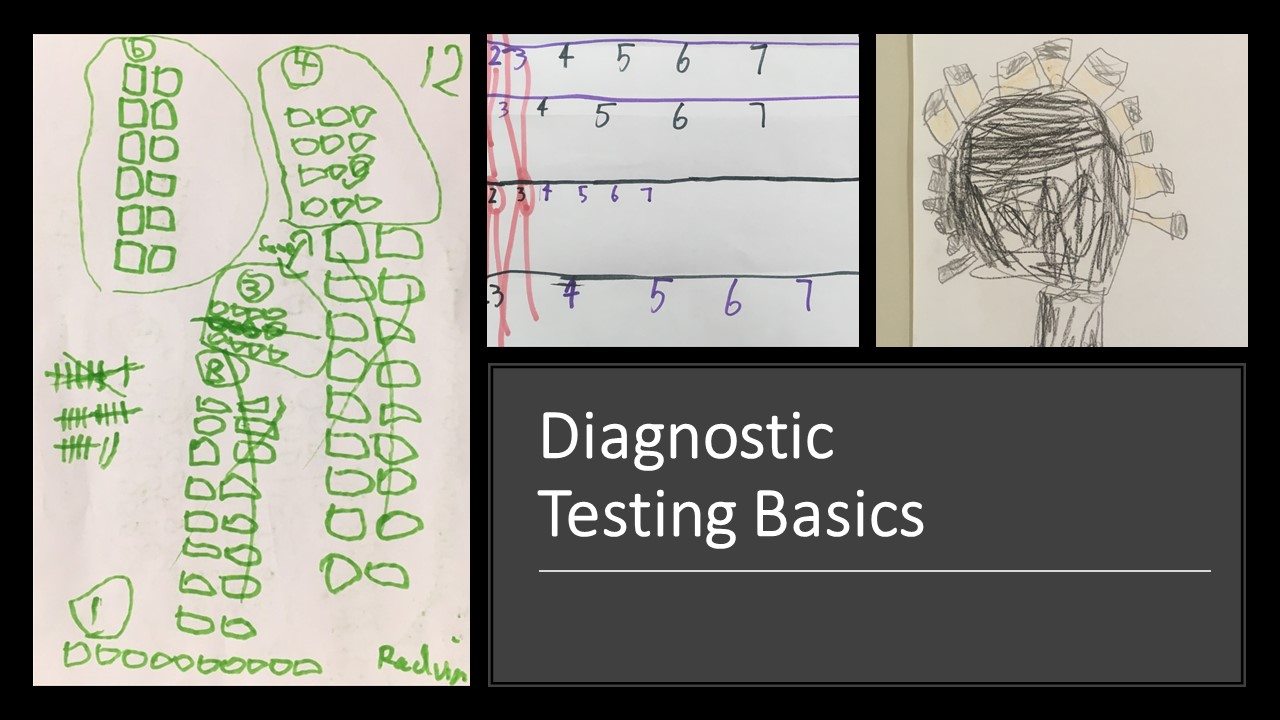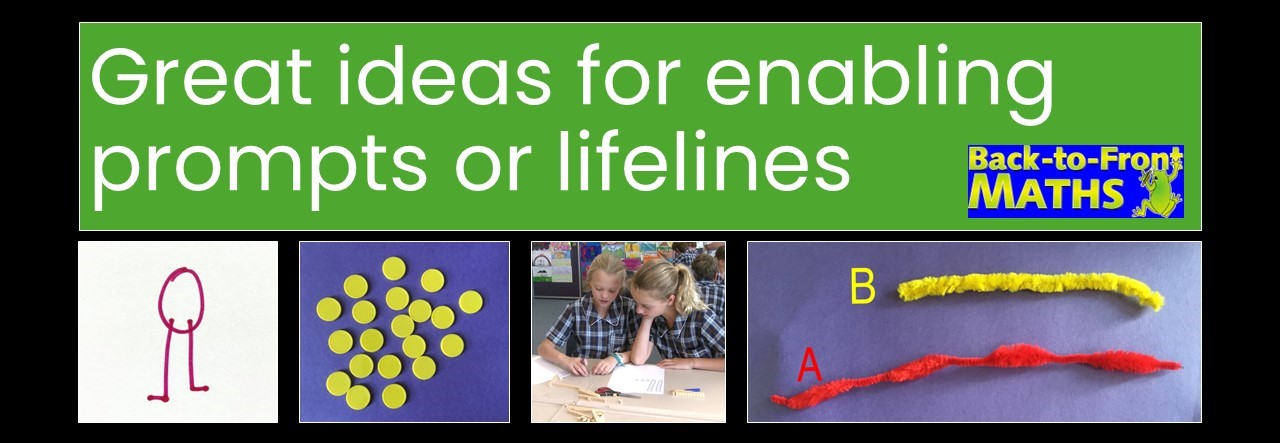
Formative assessment, developmental stages and starting the year well
The goal of formative assessment should always be to find out what each student NEEDS next, rather than focusing

Simply give students the answer and ask them to work backwards to prove why this is right. This prompt is particularly effective for reducing anxiety for student who are worried about being wrong.
This works the same way as the last one but is even less scary. Plus, disproving a wrong answer has the added benefit of giving students an opportunity to develop their own idea to try next.
Remember to check out the videos on each strategy in the Content Shorts section for subscribers.
Click here to join the site.
Here are three possible answers. Prove any two of them are wrong.
Note: sometimes I give two wrong and one right, but it is also fun to give three wrong ones!
Give me an answer that you know is not enough… how close can you get?
Now give me an answer that you know is too much…
This strategy is excellent for creating a “reasonable range” of possibilities, which encourages both estimation and number sense.

Finally, the one that drives me crazy because it shouldn’t work… but it is weirdly effective.
Seriously, try it.

The goal of formative assessment should always be to find out what each student NEEDS next, rather than focusing
Recently I’ve been pondering findings from a major report into Australian schooling that kids who are struggling in maths by
Developing algorithms is an important area in AC9, and one that is new to many teachers.But what does it mean
Organising your classroom can be tricky, especially when behaviour is an issue. Here are two layouts that I find work,

Extension can be a tricky issue to deal with. While we can try to have extension questions for most in-class
Setting the scene for risk-taking One of the most difficult problems to overcome when establishing a problem-based classroom is encouraging

KENNEDY PRESS PTY LTD
FOR ALL ENQUIRIES, ORDERS AND TO ARRANGE PD:
© COPYRIGHT 2024 KENNEDY PRESS PTY LTD ALL RIGHTS RESERVED TERMS & CONDITIONS